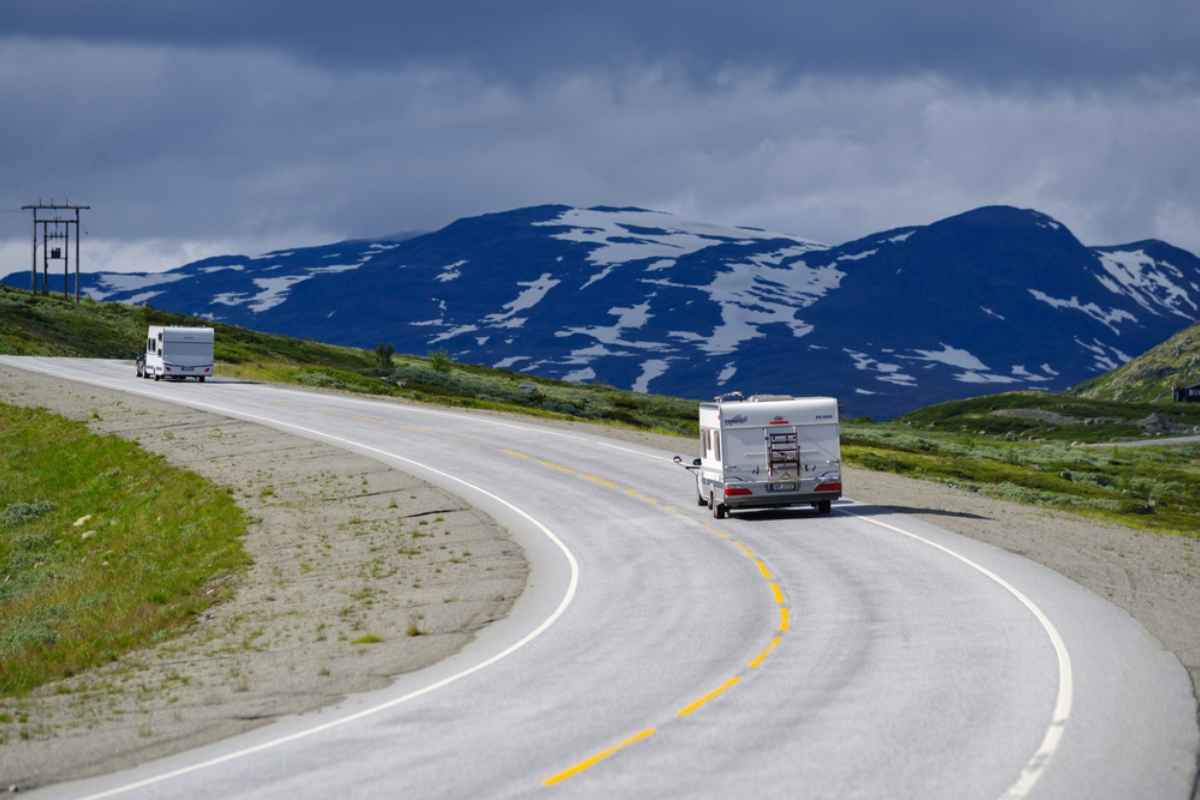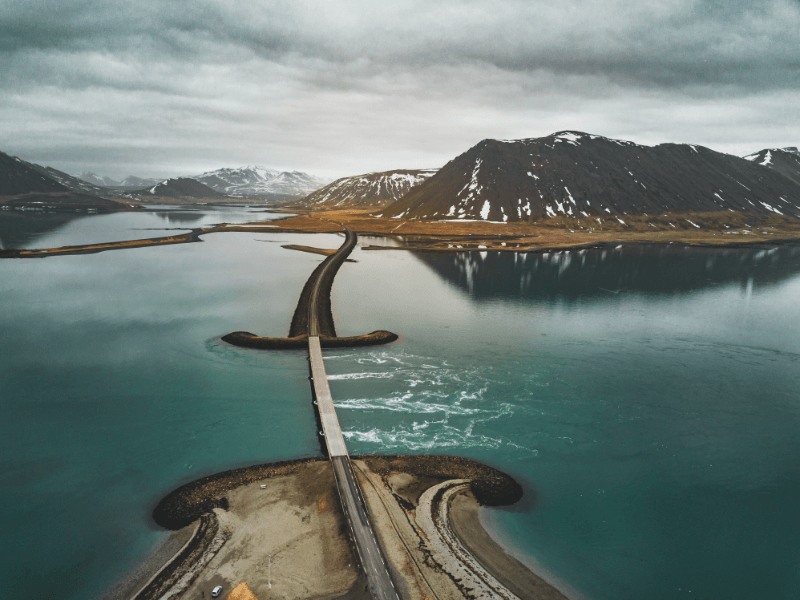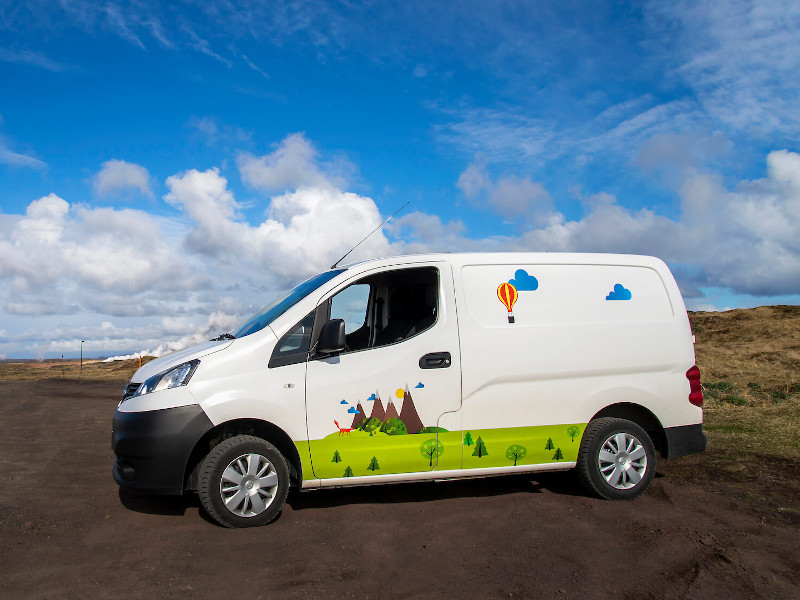A Brief History of Tunnels in Norway
Norway's intricate landscape, characterized by its majestic fjords, mountains, and islands, has always presented unique transportation challenges. Historically, the Norwegians, with their indomitable spirit, transformed these challenges into engineering marvels.
The inception of tunnels in Norway dates back several decades, and over time, they've become more than just transportation routes. They stand as symbols of Norway's resilience, innovation, and the nation's commitment to bridging distances.
The Different Types of Tunnels in Norway
Road Tunnels
These form the backbone of Norway's road network. With a staggering count of over 900, they ensure that even the remotest parts of the country are accessible. These tunnels range from short passages in urban areas to extensive routes cutting through mountains.
Railway Tunnels
Essential for the national rail system, these tunnels have been meticulously carved to ensure trains navigate the challenging Norwegian topography seamlessly.
Subsea Tunnels
A testament to Norway's advanced engineering, these tunnels dive beneath the sea, offering a unique underwater travel experience while connecting islands to the mainland.
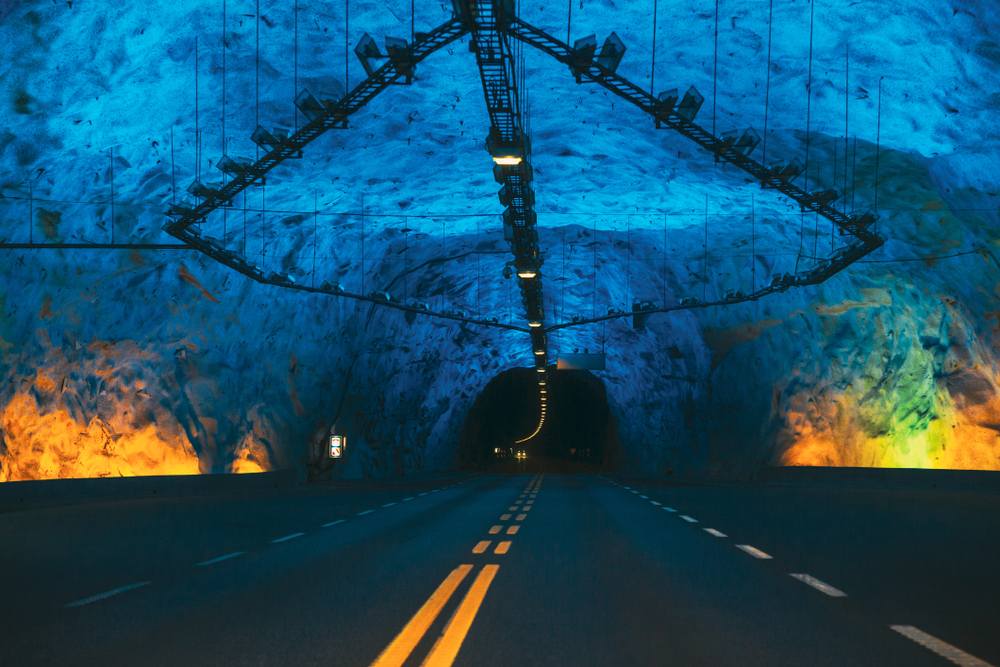
The Longest Tunnels in Norway: A Comparison
Norway is home to some of the world's most extensive tunnel networks. A few standouts include:
Lærdal Tunnel
A world record-holder, this tunnel stretches an astonishing 24,509 meters, connecting Lærdal and Aurland.
Ryfylke Tunnel
Delving deep beneath the sea, it spans 14,400 meters, making it one of the longest subsea tunnels.
Gudvanga Tunnel
Measuring 11,428 meters, it's a testament to the engineering feats Norwegian tunnels have achieved over the years.
The Safest Tunnels in Norway: How They Are Built
Norwegian tunnels are renowned for their safety standards. The country employs cutting-edge engineering, rigorous maintenance schedules, and strict safety protocols.
Features such as state-of-the-art ventilation systems, strategically placed emergency exits, and continuous monitoring ensure that travelers can trust the tunnels in Norway for a safe journey.
Additionally, regular safety drills and training sessions for emergency personnel are conducted to handle any unforeseen situations.
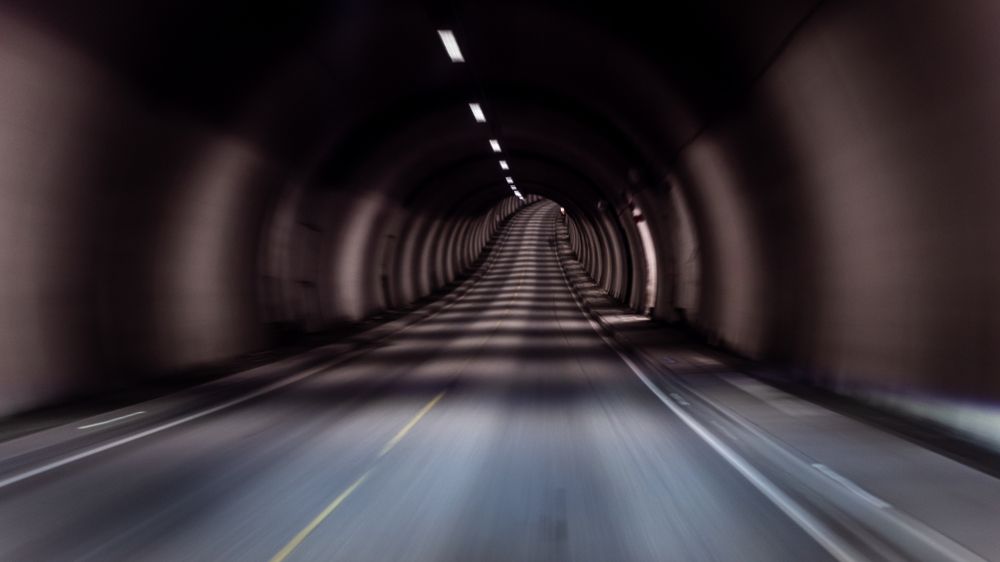
The Most Impressive Tunnels in Norway: A Visual Journey
Beyond functionality, several Norwegian tunnels offer breathtaking visual experiences:
Ryfast Tunnels
The Ryfast Tunnels are a pair of subsea road tunnels in Norway. They are the world's longest and deepest subsea road tunnels. They were opened in 2019 and reduced the travel time between Stavanger and Solbakk by about 40 minutes.
The tunnels are equipped with a number of safety features, including a ventilation system, a fire alarm system, and a video surveillance system. They are also monitored 24 hours a day by a control center.
The Ryfast Tunnels have been praised for their engineering and environmental achievements. They were awarded the Norwegian Tunnelling Award in 2019.
Eiksund Tunnel
The Eiksund Tunnel (Norwegian: Eiksundtunnelen) is an undersea tunnel in Møre og Romsdal county, Norway, which runs under the Vartdalsfjorden connecting the municipalities of Ørsta and Ulstein. It is 7,765 meters (25,476 ft) long and reaches a depth of 287 meters (942 ft) below sea level. It was the deepest undersea tunnel in the world until Norway's Rogaland county opened its 292 m (958 ft) deep Ryfast tunnel system in December 2019.
Atlantic Ocean Tunnel
As you traverse this tunnel, you're metaphorically submerged in the ocean, emerging to panoramic oceanic vistas.
Vardø Tunnel
Positioned as Norway's easternmost tunnel, it provides glimpses of the captivating Barents Sea.
Laerdal Tunnel
Beyond its impressive length, its internal lighting is designed to mimic a sunrise, offering travelers a surreal and unforgettable journey.
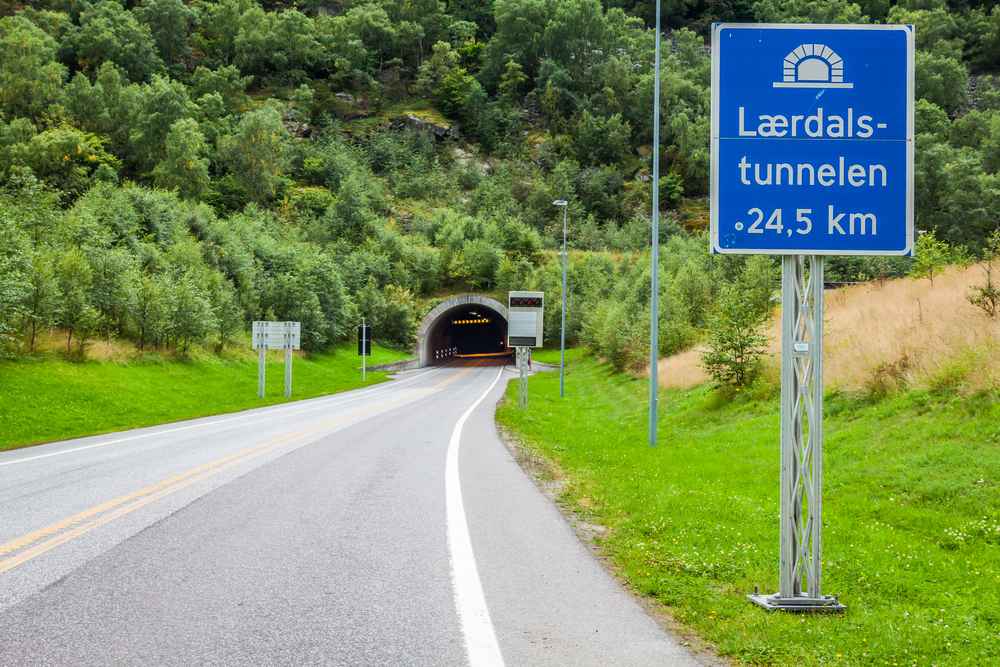
FAQ about Tunnels in Norway
Why are there so many tunnels in Norway?
Norway is a mountainous country with a lot of rugged terrain. Tunnels are a way to connect different parts of the country and make it easier to travel. They also help to reduce the impact of traffic on the environment.
For example, the Lærdal Tunnel is a vital transportation link between the east and west coasts of Norway. It cuts travel time between Oslo and Bergen by about two hours.
What are the longest tunnels in Norway?
The longest tunnel in Norway is the Lærdal Tunnel, which is 24.5 kilometers long. It is the longest road tunnel in the world.
The second longest tunnel in Norway is the Gudvanga Tunnel, which is 18.6 kilometers long. It is the longest underwater tunnel in the world.
What are the safest tunnels in Norway?
The Norwegian tunnels are some of the safest in the world. They are equipped with the latest safety features, such as ventilation systems, fire suppression systems, and emergency exits.
For example, the Lærdal Tunnel has a state-of-the-art ventilation system that ensures that the air is always fresh and clean. It also has a fire suppression system that can extinguish a fire quickly and efficiently.
-compressed.jpg)
What are the most beautiful tunnels in Norway?
The Atlantic Ocean Road is one of the most beautiful tunnels in Norway. It is a series of bridges and tunnels that connect the islands of Husoy and Averøy.
The road winds its way through the Norwegian fjords, providing stunning views of the surrounding landscape.
What are the challenges of building tunnels in Norway?
The challenges of building tunnels in Norway include the rugged terrain, the harsh weather conditions, and the high cost of construction.
The Norwegian mountains are made of hard rock, which makes it difficult to drill and excavate. The weather in Norway can also be extreme, with temperatures ranging from -40 degrees Celsius to 30 degrees Celsius.
What are the future plans for tunnels in Norway?
The Norwegian government is planning to build more tunnels in the future. These tunnels will help to improve transportation and connectivity in the country.
The government is also planning to build more tunnels to connect Norway to other countries, such as Sweden and Finland.
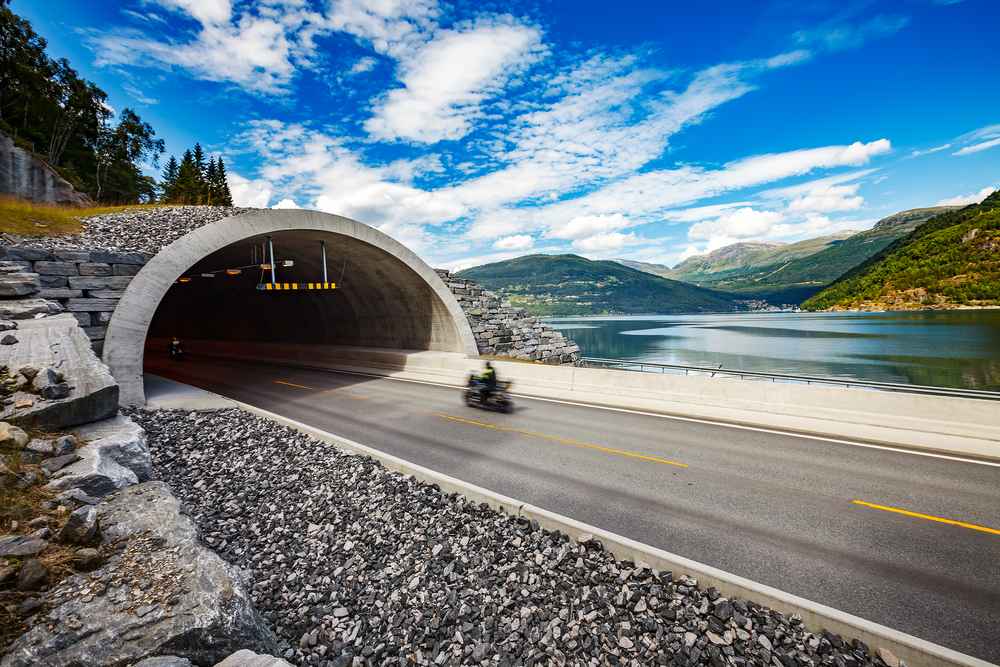
Conclusion
The tunnels of Norway are a blend of history, engineering brilliance, and art. They encapsulate the nation's journey, its challenges, and its triumphs. For travelers, these tunnels offer a unique perspective of Norway, taking them on a journey through time, beneath seas, and across breathtaking landscapes.
If you're planning to explore these engineering wonders, consider making your journey even more memorable. Rent a caravan from Campervan Norway and delve deep into the heart of Norway, one tunnel at a time. Dive in, explore, and let the Norwegian spirit guide you. Safe and memorable travels await!



 By
By 



